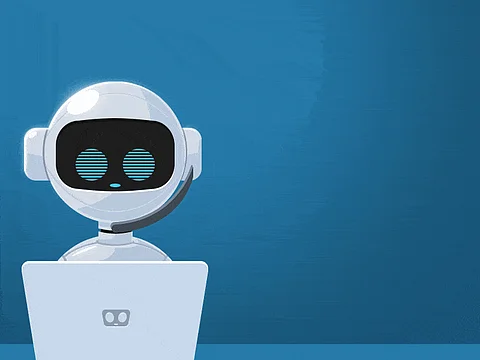

The accelerating use of chat applications has paved the way for more businesses to leverage the ease of developing chatbots to reach more of their audience. However, chatbots are still an emerging technology, but they have shown that as the more tech-savvy generations grow, so does the usage and opportunities for chatbots.
For businesses, chatbots can help bridge the communication gap between a business and its audience. Chatbots have already penetrated industries such as retail, customer service, airlines, banking and finance, news and media, and healthcare.
There is an abundant amount of options businesses can utilize to build a chatbot specific to their company. The integrations of artificial intelligence within chatbots give more dynamic and robust self-serving channels for better customer engagement. The developments in AI will eventually push chatbots to become the solution for standardized communication channels and the single voice to solve consumer's needs.
When it comes to chatbot framework and open source projects, numerous approaches are there to build a chatbot. Open source projects are programs developed collaboratively by a group of coders and made available for use or modification as users or other developers see fit for free. Open-source software is intended to be freely shared and possibly improved upon and redistributed to anyone else without restriction.
A chatbot framework is a set of predefined functions and classes that are used by developers and coders to build bots from scratch using programming languages such as Python, PHP, Java, or Ruby.
The frameworks are where chatbots behavior is defined with a set of tools that help developers write code more quickly and efficiently.
As noted by a report, here are the ways how one can create a chatbot.
Similar to the process of designing any software or website, developing chatbot based software involves following a series of steps.
Stage 1 – Plan
It is very important to have an in-depth understanding of the goals, processes and user requirements of the chatbot before starting development. It is also important to review all the design guidelines for stability and to check if they meet the requirements of the chatbot. The bot should be designed with speech and natural language processing capabilities, in order to offer Q/A solutions to end-users.
Stage 2 – Build
Chatbots bring in a conversational interface for the platform and end-users to interact and to send or receive messages. The following functionalities should be added to the chatbot to make it a complete build.
Natural language processing makes the bot understand language, detect spelling mistakes and identify the users' requirements.
Answer-processing: The chatbot needs a strong knowledge base to handle the real-time queries of the user in a natural way.
Manage multiple models: The chatbot should be able to decide which bot ought to interact with end-users using intelligent algorithms if an organization has multiple bot-based applications.
GUI interface: A simple and interactive GUI is required for rich user experience.
Stage 3 – Test
Like any other software, the bot application requires in-depth testing so that all errors or bugs can be identified and removed, making it operate intelligently in real-time applications. To test the bots, developers can make use of any of the following methodologies.
Using an emulator: An emulator is a testing technique to test bots locally. The bot framework emulator is a standalone app that not only provides a chat interface but also debugging and interrogation tools to test the bot's functionalities. Many bots can be tested simultaneously, using the emulator, during the development stages.
Web-based testing: Developers can make use of the Web to test the bot's functionalities. Web-based chat is the best interface to interact with and understand the functionalities of the bot, test the live code, detect any unusual activity and then debug it.
Stage 4 – Publish
After testing, when the chatbot is ready for launch, it can be published using an online website or a data center. Traffic can then get directed to the chatbot when an end-user opens the website.
Stage 5 – Connect
It is quite important to connect the chatbot to various online apps like Skype, Facebook, WeChat, etc, to send and receive messages from all the different platforms.
Stage 6 – Evaluate
With the data collected over a certain time period after implementation, the developers can detect any errors, and use feedback to improve both performance and capabilities. With analytics, developers can get conversational-level reporting, message and channel data for further development.
Join our WhatsApp Channel to get the latest news, exclusives and videos on WhatsApp
_____________
Disclaimer: Analytics Insight does not provide financial advice or guidance. Also note that the cryptocurrencies mentioned/listed on the website could potentially be scams, i.e. designed to induce you to invest financial resources that may be lost forever and not be recoverable once investments are made. You are responsible for conducting your own research (DYOR) before making any investments. Read more here.
